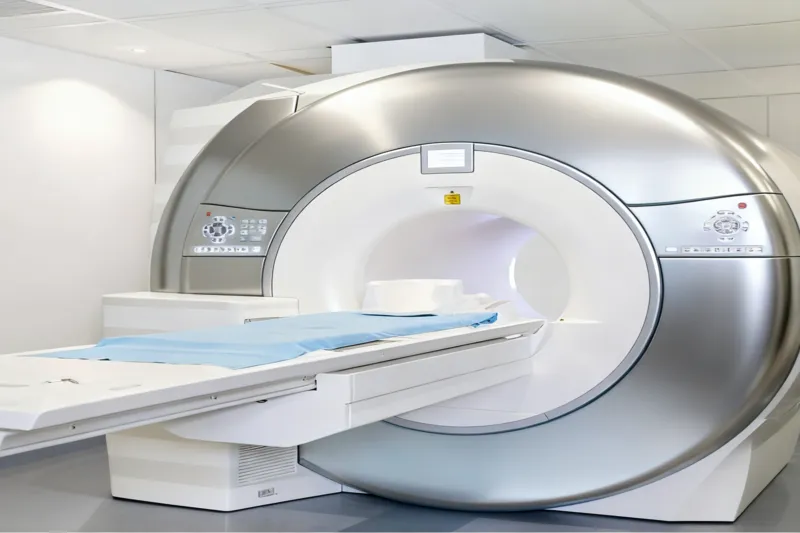Overview — Precision and Safety
Bearings are integral to modern medical equipment, ensuring smooth, repeatable motion across diagnostics, therapy, and surgical platforms. From tomographic imaging gantries to surgical manipulators, infusion pumps, and dental handpieces, bearings translate motor torque into controlled movement. Their precision, friction profile, and durability directly influence image quality, procedural accuracy, patient safety, and device uptime.
Imaging Systems — Low Vibration, High Speed
In CT, MRI, and X-ray devices, bearings support rotating assemblies and gantry motion that must operate with minimal vibration and extremely tight runout. High-precision deep-groove ball bearings or cylindrical roller bearings with fine tolerances reduce micro-movement that would blur images. Low friction and thermal stability are critical to limit heat buildup and maintain concentricity during long scanning cycles, improving diagnostic resolution and patient throughput.
Surgical Robotics — Microprecision and Responsiveness
Surgical robots demand bearings that deliver micron-level positioning accuracy and near-zero backlash. Crossed-roller bearings, angular-contact bearings, and custom miniaturized designs are commonly used in joint axes and instrument wrists. These bearings must combine high stiffness, predictable preload behavior, and very low friction to allow delicate force feedback and rapid, smooth motion—factors that materially affect surgical outcomes.
Therapeutic & Life-Support Devices — Longevity and Cleanliness
Components in dialysis machines, infusion pumps, ventilators, and prosthetic actuators require bearings optimized for continuous duty and low maintenance. Sealed bearings with biocompatible lubricants or solid-lubricated alternatives (PTFE, DLC coatings) prevent contamination and meet long service intervals. Materials and lubricants are selected to withstand routine cleaning, disinfectants, and occasional sterilization cycles without degradation.
Sterilization & Biocompatibility — Material Choices
Medical environments impose strict hygiene standards. Bearings intended for reusable instruments or autoclaveable modules are manufactured from corrosion-resistant stainless steels, ceramics, or coated alloys. Designs must tolerate steam sterilization, gamma irradiation, or chemical sterilants; seals and cage materials are chosen to preserve integrity and prevent particle generation that could compromise sterile fields or imaging systems.
Electrical & Magnetic Considerations — Noise and Interference
In electrically sensitive equipment—imaging consoles, MRI gradient drives, and actuators—bearing materials and grounding strategies must minimize electrical discharge and EMI. Non-conductive ceramic balls or properly grounded conductive paths in bearings reduce the risk of pitting from stray currents and help preserve bearing life in electrically active environments.
Testing & Regulatory Compliance — Validated Performance
Medical bearings undergo rigorous testing: endurance runs, particle emission tests, biocompatibility assessments, and sterilization cycle validation. Traceable quality systems and material certifications support device approvals and ensure dependable performance across clinical lifecycles.
Conclusion — Enabling Better Care
In medical equipment, bearings are far more than mechanical supports; they are precision enablers of diagnosis and therapy. Thoughtful selection—balancing precision, biocompatibility, sterilization resistance, and lifetime reliability—directly improves patient outcomes, reduces downtime, and advances the capabilities of modern healthcare technology.
● Type of Bearing: High precision cylindrical roller bearings and ball bearings. Miniature precision bearings
